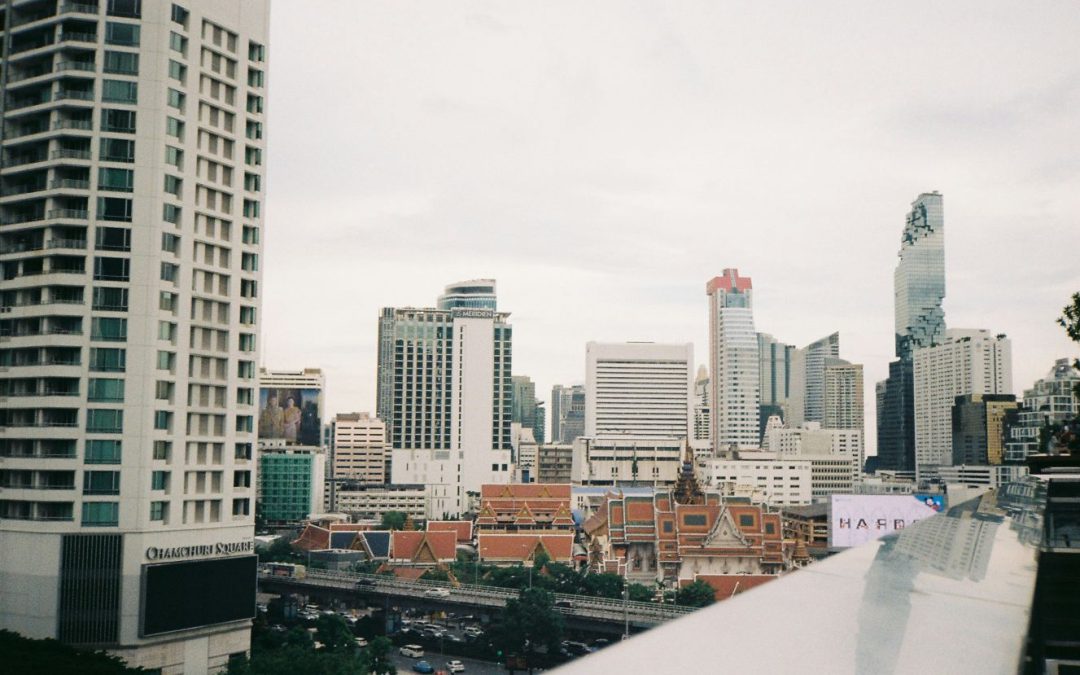The Samyan Smart City project in central Bangkok is making notable advancements in smart energy development. The Metropolitan Electricity Authority (MEA) recently announced the successful relocation of overhead power and communication cables underground, significantly improving the urban landscape.
This initiative, which began in June 2019 in collaboration with Chulalongkorn University, saw the removal of cables along Chulalongkorn Soi 12 and near the King Rama VI Monument at Lumpini Park. This effort not only enhances the city’s aesthetics but also supports the broader goal of smart energy management in the area.
Key developments include installing a Battery Energy Storage System (BESS) and the creation of a smart grid. The BESS, which works alongside solar and wind power, ensures a consistent electricity supply despite variable weather conditions. The smart grid will enhance electricity production, sales, and consumption management, leveraging consumer behaviour data for better efficiency.
Samyan Smart City spans 1,153 rai, bordered by Banthat Thong, Rama IV, Henri Dunant, and Rama I roads. Overseen by Property Management of Chulalongkorn University (PMCU) and initially funded by the Energy Conservation Fund in 2017, the project also includes rooftop solar panels and a district cooling system developed by BCPG, a subsidiary of Bangchak Corporation.
Additionally, the project promotes smart mobility with battery-operated shuttle buses, providing eco-friendly transportation options for students and residents.
These efforts underscore the commitment to transforming Samyan into a model of sustainable urban living through innovative energy solutions and smart city technologies. The collaboration between MEA and Chulalongkorn University highlights the importance of partnerships in achieving these ambitious goals. As the project progresses, it continues to set a benchmark for smart city initiatives in the region, demonstrating how urban areas can evolve to meet the demands of modern living while prioritising sustainability and efficiency.

